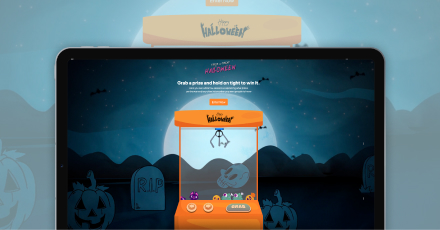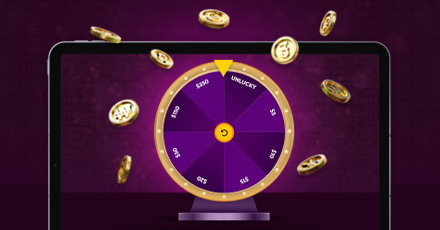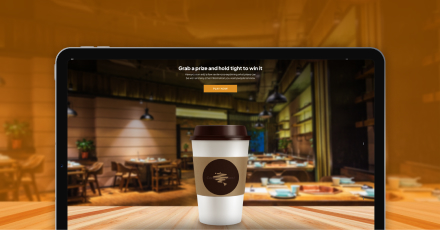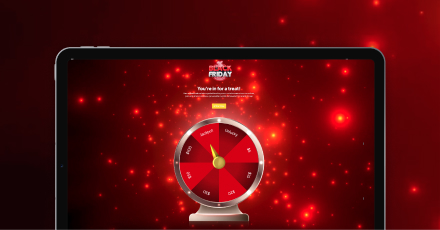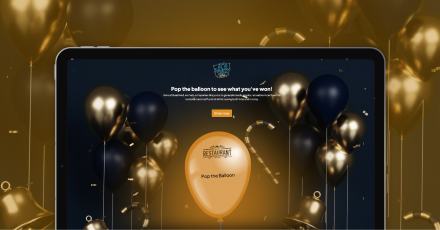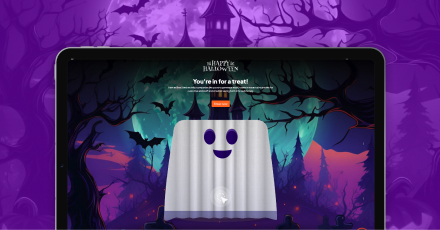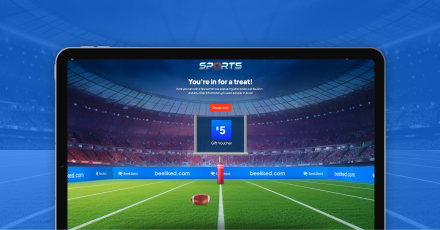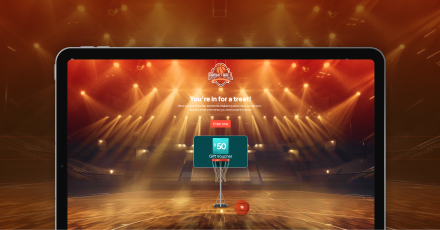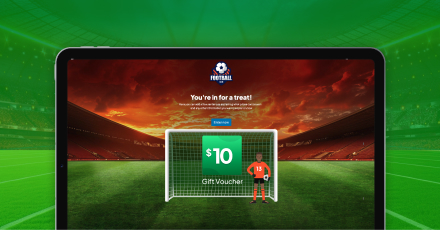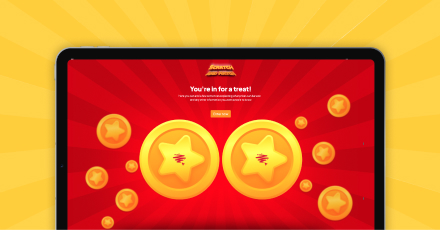Gamification is a proven method for enhancing employee performance and customer engagement. Its value is extensive, influencing multiple industries by enhancing engagement, improving performance, and driving substantial returns on investment (ROI) through strategic implementation. Indeed, integrating game mechanics into your marketing strategy or internal processes can help companies achieve stronger results. However, how gamification increases ROI depends on a clear understanding of how to measure and optimize its impact. This article explores key areas where gamification can drive measurable ROI, offering businesses insights into how to improve engagement and overall performance.
What Is ROI?

ROI is a key performance metric that evaluates the profitability of an investment. It provides a clear picture of how much financial gain or benefit a business receives compared to the amount spent on a particular initiative. To calculate ROI, businesses compare the gains generated by an investment to the cost of making that investment. This involves subtracting the investment cost from the total financial gain and then dividing the result by the investment cost. The outcome is typically expressed as a percentage.
For example, if a business invests $20,000 in a gamification initiative and earns $30,000 in revenue, the net gain is $10,000. Dividing this gain by the $20,000 investment and converting it to a percentage yields a 50% ROI. This percentage helps businesses assess how efficiently their resources are being used and whether the investment is delivering adequate returns.
Why ROI Matters
ROI is essential for businesses that want to maximize the value of their investments. A strong ROI indicates that an initiative is generating tangible benefits, such as increased revenue, improved productivity, or enhanced customer retention. On the other hand, a low or negative ROI suggests the need for reevaluation to prevent further resource waste.
In gamification, ROI helps businesses assess the success of engagement strategies. For instance, gamified loyalty programs may increase customer interactions and drive repeat purchases, while employee-facing gamified platforms often lead to improved productivity and higher retention. These outcomes contribute to overall business growth and sustainability. Tracking ROI also allows companies to prioritize high-impact initiatives. Strategies that deliver measurable value enable businesses to optimize resource allocation and streamline decision-making processes.
How to Measure How Gamification Increases ROI
Measuring how gamification increases ROI requires a mix of quantitative and qualitative metrics to capture its full impact. Focusing solely on engagement numbers doesn’t provide the complete picture – key outcomes such as performance improvements and participant satisfaction must also be monitored.
For Customers:
- Time spent engaging with apps, websites, or platforms: This metric tracks how long users interact with digital platforms that feature gamified elements. Increased time on site often correlates with stronger interest in the brand and greater opportunities for conversions or sales.
- Repeat purchases and average order value: Measuring how often customers return to make purchases – and how much they spend on average – can indicate whether gamified loyalty programs or incentives are driving buying behavior.
- Social media engagement and referrals: Gamification campaigns that prompt users to share achievements or rewards on social media can lead to increased visibility. Metrics such as shares, comments, and referral traffic help gauge the campaign’s success in spreading brand awareness.
For Employees:
- Productivity rates and task completion efficiency: Gamified initiatives like goal-tracking and performance rewards can boost employee productivity. Monitoring completion rates of tasks and projects reveals how effective these programs are at keeping employees motivated.
- Skill acquisition and on-the-job performance: Metrics that assess new skills learned or improvements in job performance show whether gamified training programs are providing value. These may include performance reviews or training assessment scores.
- Satisfaction and motivation, measured through surveys: Regular feedback through surveys can help determine whether employees feel motivated and satisfied with gamified programs. Higher satisfaction levels are often linked to better engagement and lower turnover.
Qualitative Insights:
In addition to tracking key metrics, gathering feedback from participants offers deeper insights into how they experience gamification. Knowing what users like or find challenging helps businesses refine their strategies for better engagement. To further optimize these efforts, advanced analytics and data visualization tools can be used to monitor real-time performance, identify trends, and adjust initiatives as needed. This structured approach allows organizations to uncover areas for improvement and sustain strong ROI through ongoing refinement.
Optimizing Business Processes With Gamification

A well-structured gamification strategy can transform multiple business areas. How gamification increases ROI is evident in recruitment, training, and customer loyalty initiatives:
Enhancing Recruitment Through Gamification
Gamification plays a valuable role in attracting top talent and improving recruitment outcomes. Around 78% of job seekers are drawn to companies that incorporate interactive challenges or game-like assessments during the hiring process. These elements create a more engaging experience and offer candidates better insights into the company’s culture and values.
Moreover, recruitment gamification helps organizations streamline their selection process by identifying candidates who demonstrate key traits such as problem-solving and adaptability. As a result, applicants stay motivated and connected throughout the recruitment journey, leading to stronger talent acquisition and a more efficient hiring process.
Boosting Training Effectiveness
Employees participating in gamified training programs report higher levels of motivation and engagement. 61% of U.S. employees feel more driven to learn when training involves gamification techniques. Features like progress tracking, real-time feedback, and rewards help employees stay engaged, improving both knowledge retention and practical application of skills.
Another advantage of gamified training is the ability to personalize learning experiences. Employees can progress at their own pace, ensuring they thoroughly grasp key concepts. This customized approach increases overall training effectiveness and makes it easier for companies to measure performance improvements over time.
Maximizing ROI with Gamification Solutions
Implementing gamified strategies effectively requires more than creative ideas – it needs the right tools. Gamification platforms help businesses streamline complex processes, track key performance indicators (KPIs), and monitor engagement metrics. These features make it easier to adjust strategies in real time and ensure that investments deliver optimal returns. BeeLiked excels in delivering these results. BeeLiked offers customizable solutions that create interactive, data-driven experiences to boost engagement and drive profitability.
How BeeLiked’s Gamified Promotions Drive ROI
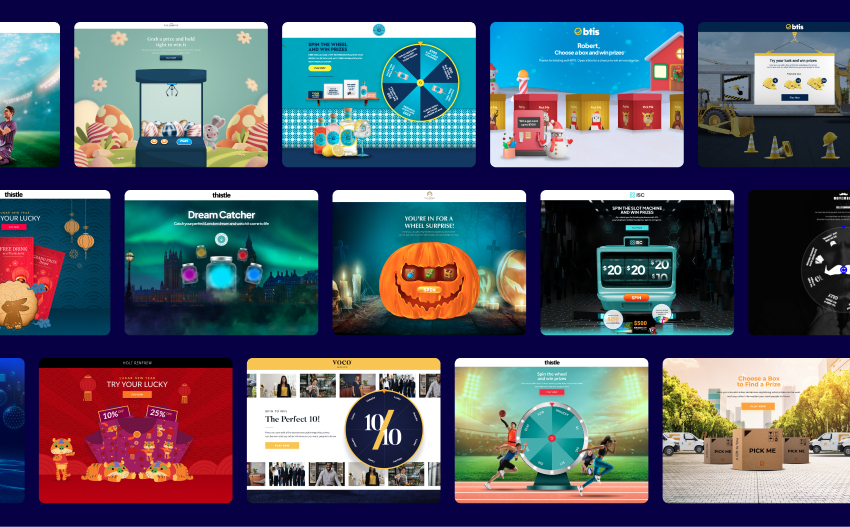
BeeLiked’s gamified promotions offer businesses a way to boost customer engagement and achieve measurable ROI. Through campaigns like spin-to-win games and digital scratch-off cards, BeeLiked encourages participation, driving stronger conversion opportunities and better retention.
These promotions generate valuable insights into customer behavior, allowing businesses to refine their marketing efforts. BeeLiked’s platform enhances long-term business growth by fostering increased engagement, stronger customer loyalty, and reduced marketing costs, all of which contribute to measurable returns.
How Gamification Increases ROI for Long-Term Success
Gamification has demonstrated its power to enhance employee performance, strengthen customer engagement, and improve recruitment and training processes. More importantly, when integrated strategically, how gamification increases ROI becomes clear — businesses see higher productivity, improved customer retention, and stronger financial returns. Businesses that leverage data-backed approaches to refine gamified strategies can unlock sustained growth and better allocate resources to initiatives that matter most.
With BeeLiked’s gamified promotions, you can create interactive experiences that captivate your audience and drive meaningful results. Discover our leading promotion types and take the first step toward maximizing your business’s ROI today.

